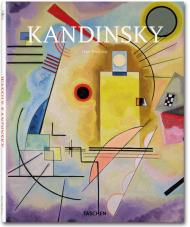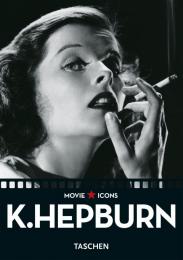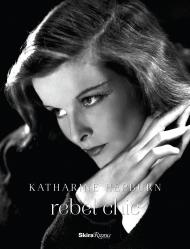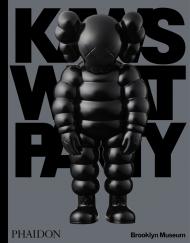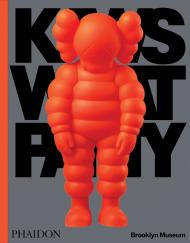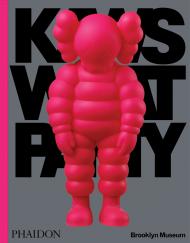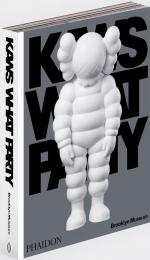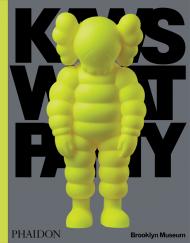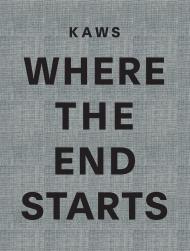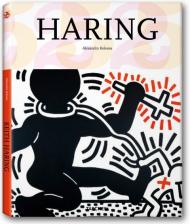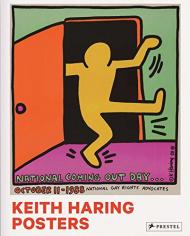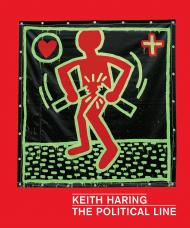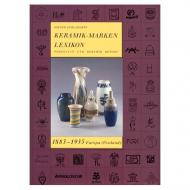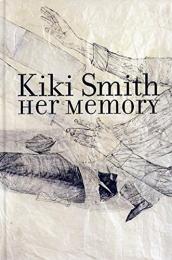Painting outside the box
The founder of abstract art
The Russian painter Wassily Kandinsky (1866–1944), who later lived in Germany and France, is one of the pioneers of 20th-century art. Nowadays he is regarded as the founder of abstract art and is, moreover, the chief theoretician of this type of painting.
Together with Franz Marc and others he founded the group of artists known as the "Blaue Reiter" in Munich. His art then freed itself more and more from the object, eventually culminating in the First Abstract Watercolor of 1910.
In his theoretical writings Kandinsky repeatedly sought the proximity of music; and just as in music, where the individual notes constitute the medium whose effect stems from harmony and euphony, Kandinsky was aiming for a pure concord of color through the interplay of various shades. Gauguin had demanded that everything "must be sacrificed to pure colors." Kandinsky was the first to realize this and thus to influence a whole range of artists.
About the Series:
Each book in TASCHEN’s Basic Art Series features:
- a detailed chronological summary of the life and oeuvre of the artist, covering his or her cultural and historical importance
- a concise biography
- approximately 100 colour illustrations with explanatory captions
The author:
Hajo Düchting (b. 1949 in Düsseldorf) studied art history, philosophy and archaeology in Munich, where he gained his doctorate in 1981 with a thesis on Robert Delaunay’s Windows series. After working in museum and adult education, he moved on to teaching posts and guest professorships at the universities of Munich, Kassel, Leipzig, Saarbrücken and Mainz. Düchting has published numerous articles on the art of the modern era, color theory and the teaching of art, and has authored a number of TASCHEN titles, including Paul Cézanne, Wassily Kandinsky, Robert and Sonia Delaunay and Georges Seurat.
Посмотреть русскоязычное издание книги Kandinsky - Кандинский
